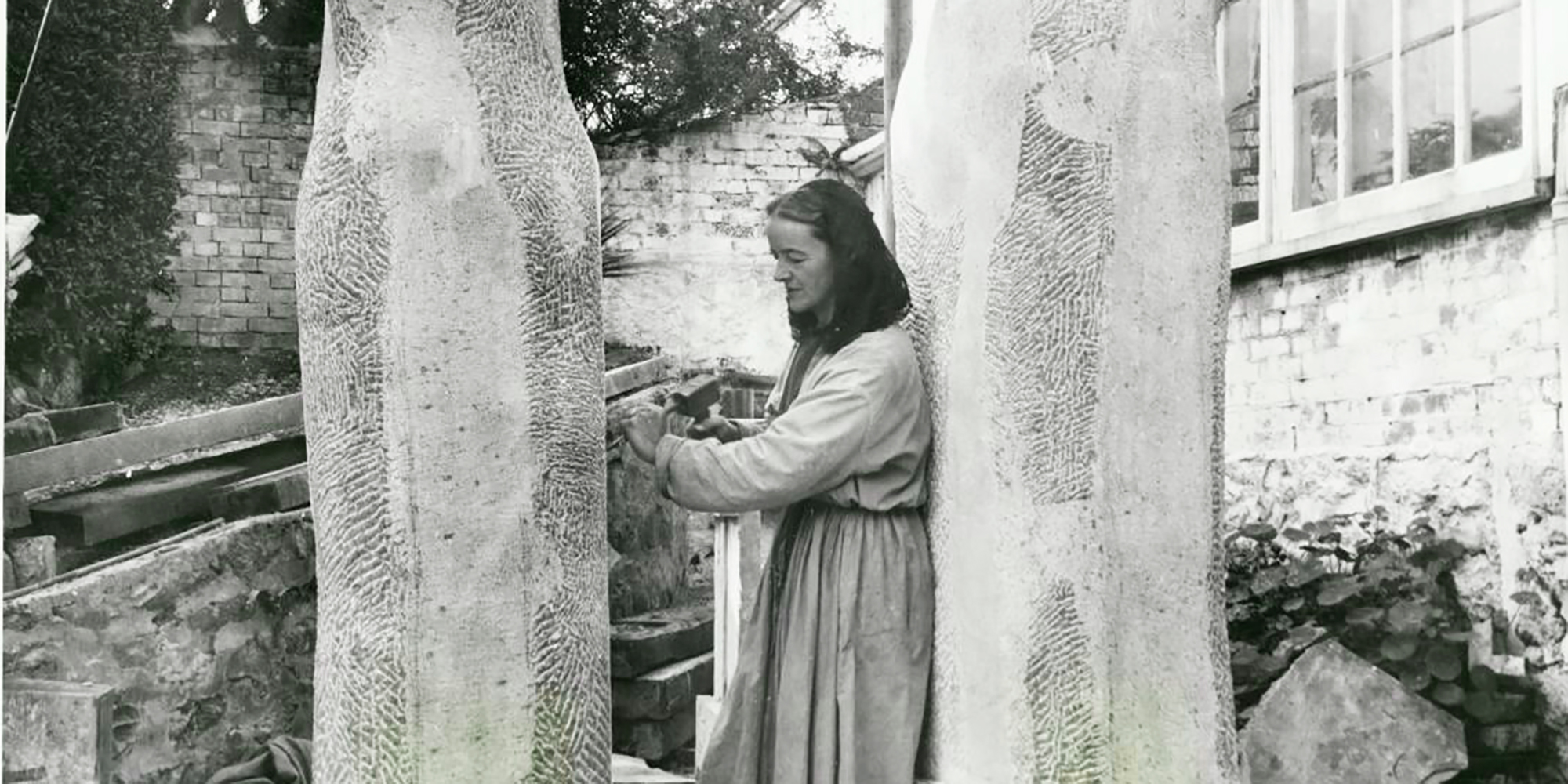Barbara Hepworth and her Sculpture Garden
Barbara Hepworth (1903–1975) and the Barbara Hepworth Sculpture Garden, Cornwall, Registered Grade II.
Barbara Hepworth was one of the most important figures in the development of Abstract Art in Britain. Barbara won widespread public recognition in the last years of her life, one of the few women artists to achieve international prominence. She was appointed Commander of the Order of the British Empire, CBE, in 1958 and Dame Commander of the Order of the British Empire, DBE, in 1965.
Her sculpture was influenced by nature and she drew inspiration from the dramatic coastline and landscape of Cornwall. Barbara had moved her studio to St Ives in 1949 and its garden provided an opportunity for her to work in the open air, re-enforcing her creative link with the wider landscape. The garden was designed and planted by Barbara and shows her careful selection of plants with interesting textural and sculptural qualities. She found inspiration in the garden which served as a setting for her expanding collection of sculptures. It now contains large stone carvings and a group of bronze sculptures.
A lean-to greenhouse is framed by ornamental trees, shrubs and ferns and a tile-edged bed lies below the north wall of the greenhouse, while Barbara's collection of cacti also enjoys the shelter.
A small area of lawn is enclosed by groups of bamboos and this is the setting for a monumental six-part bronze sculpture, Conversation with Magic Stones (1973). A pool edged with rustic stones and ornamental planting with a narrow rustic stone bridge extends across the pool from east to west, while an ornamental flowering cherry is trained above the water. A group of sculptures are arranged near the pool framed by the adjacent planting and another sculpture Sphere with Inner Form (1963) terminates the vista through the garden.
In 1976 the Studio and garden was opened to the public and now is the Barbara Hepworth Museum and Sculpture Garden, part of the Tate Gallery.





